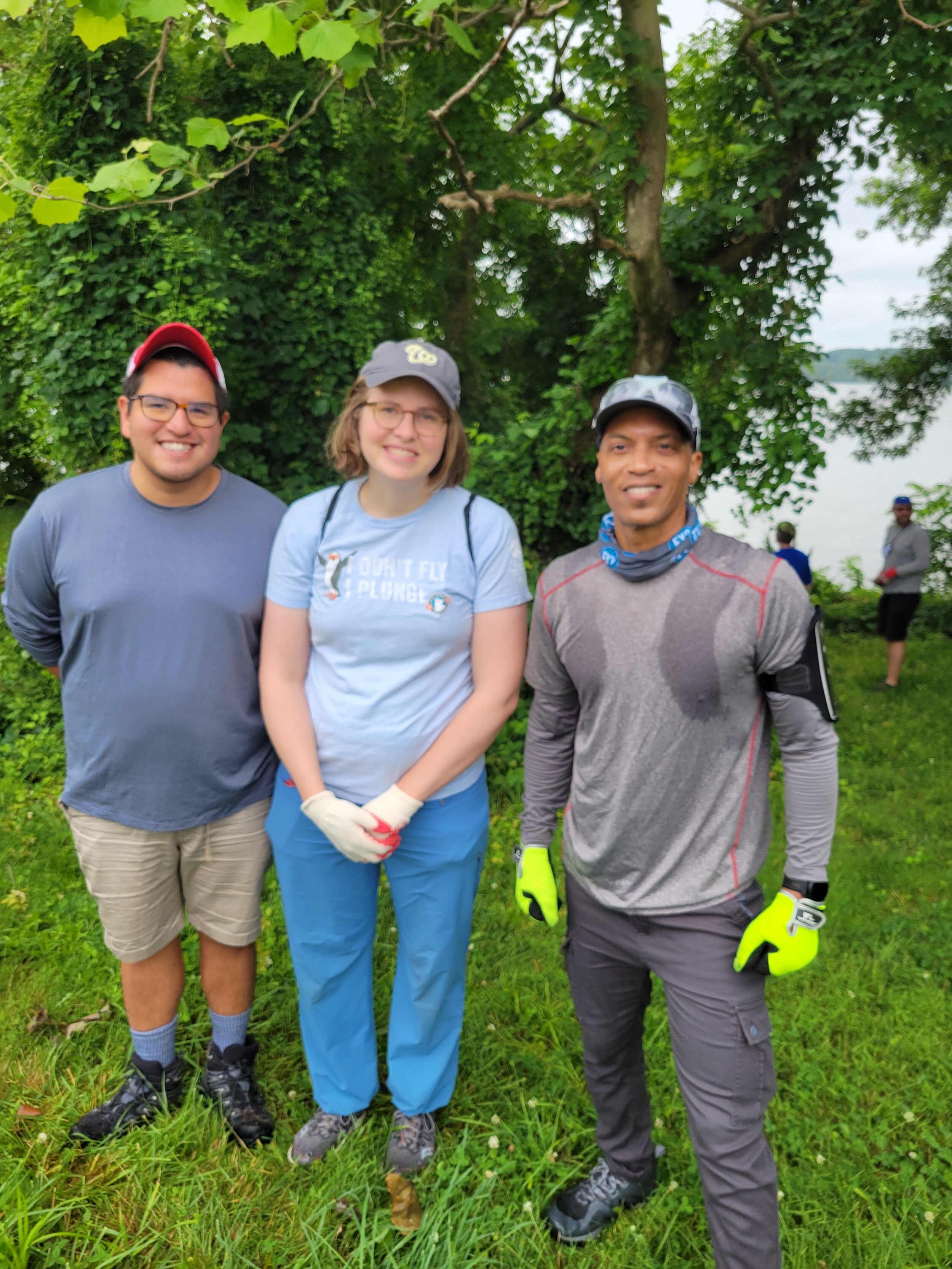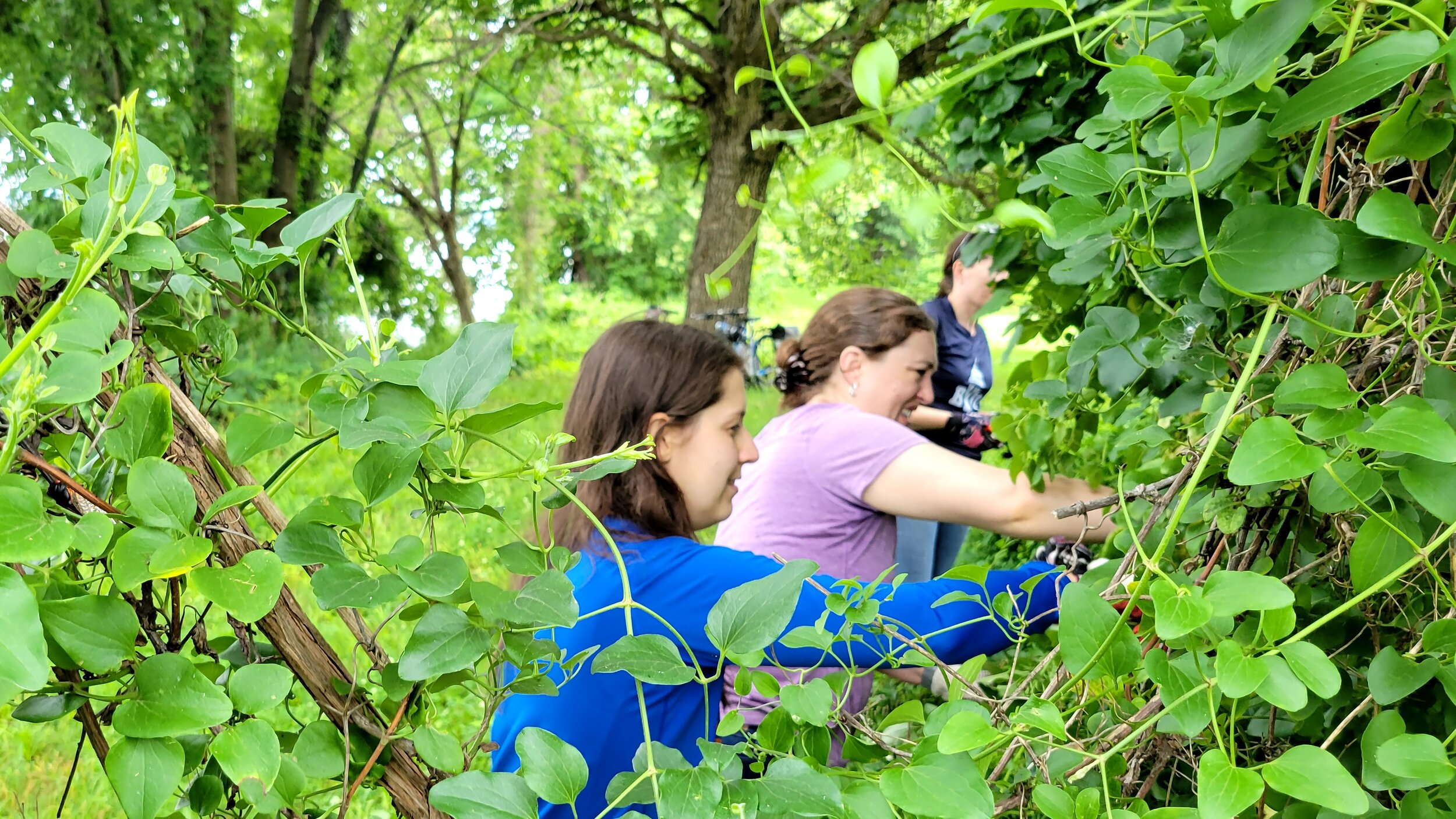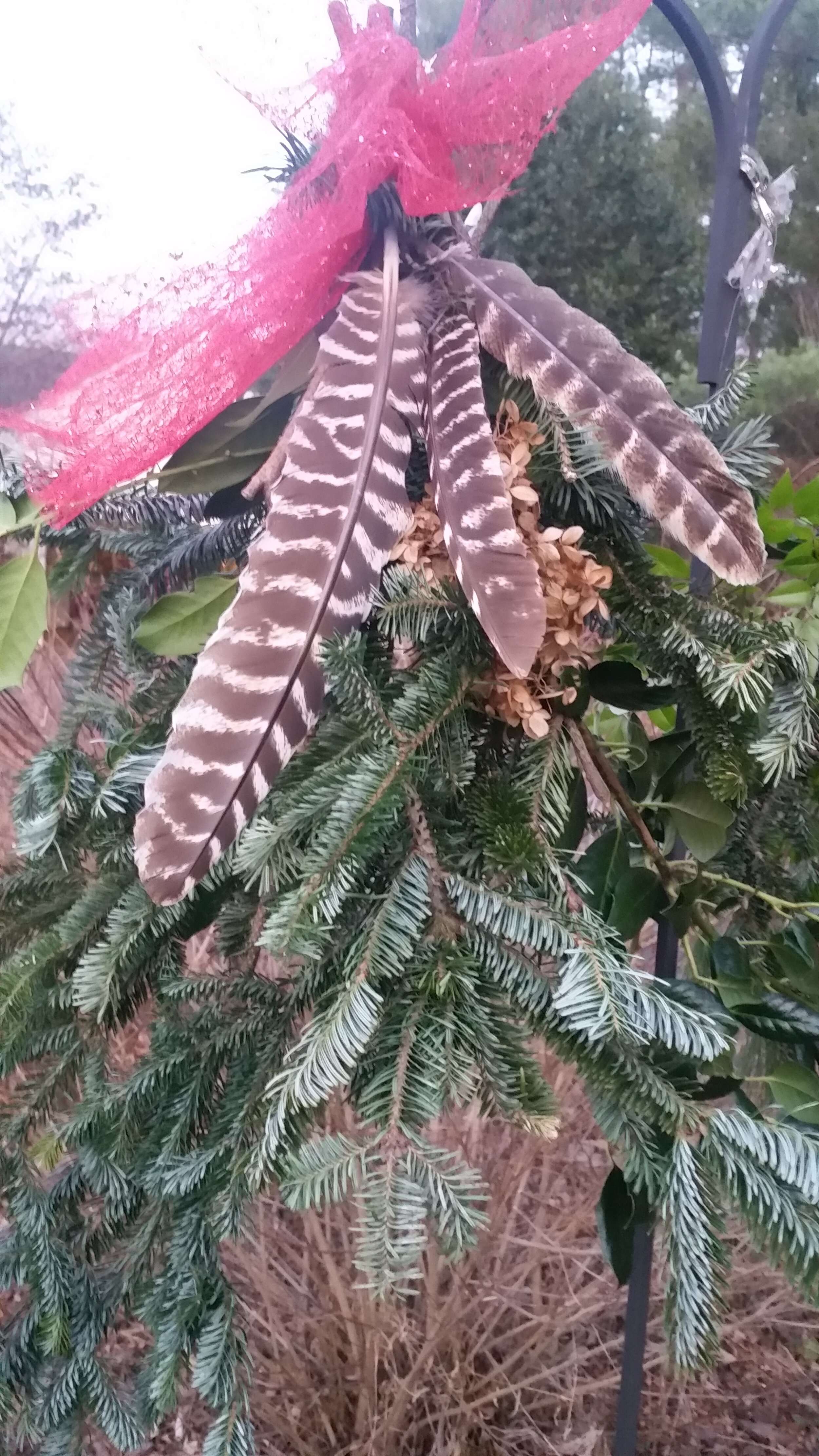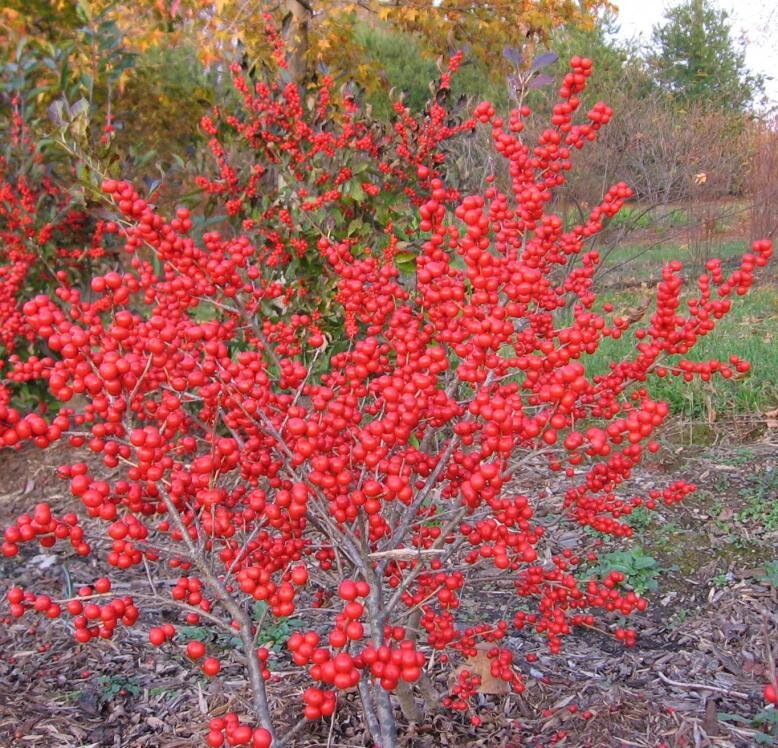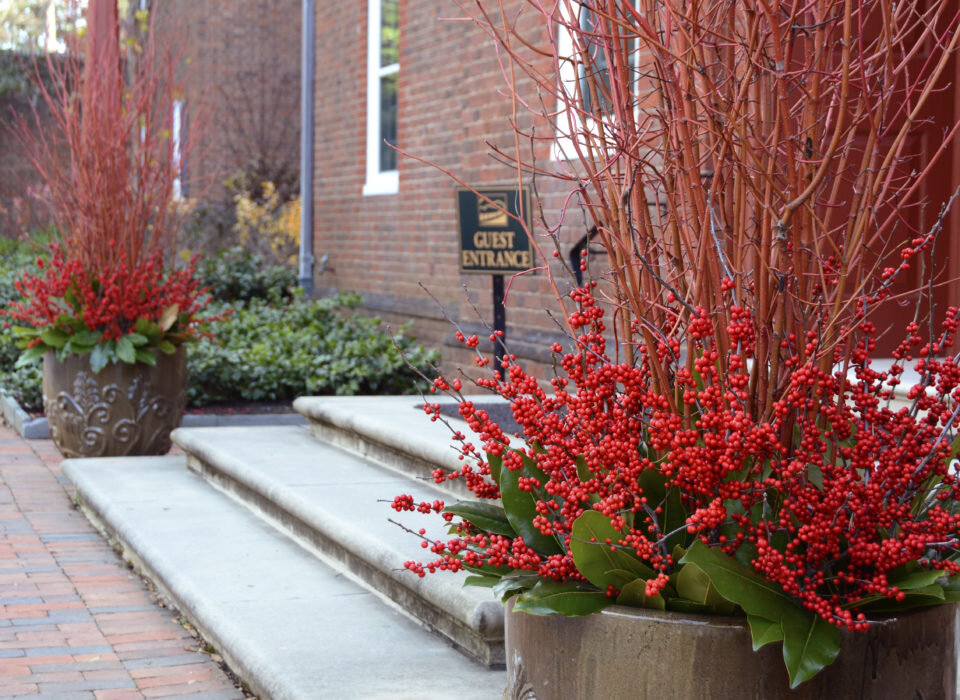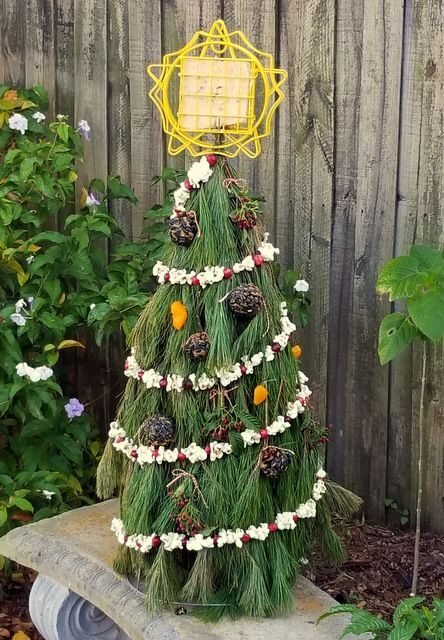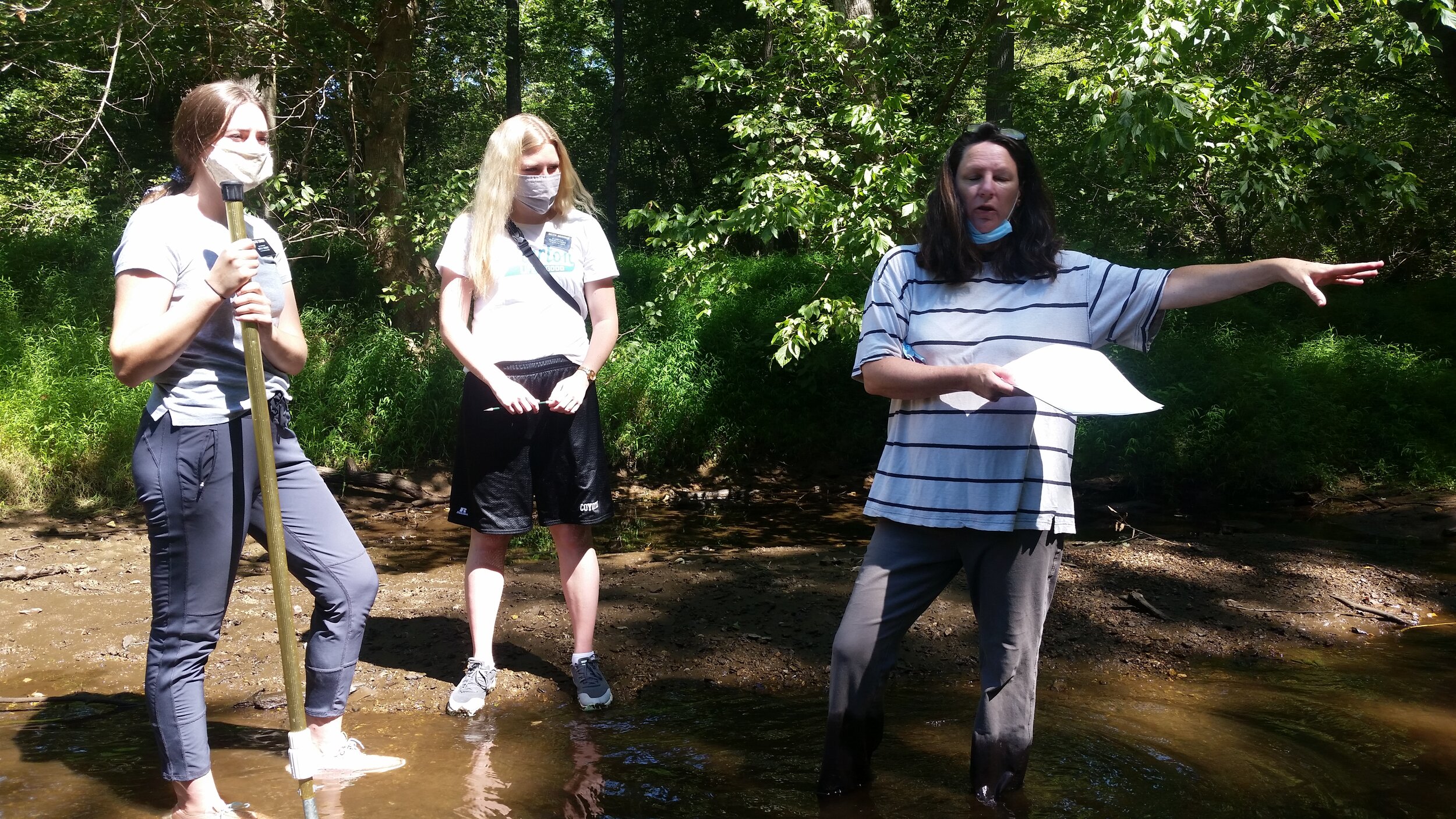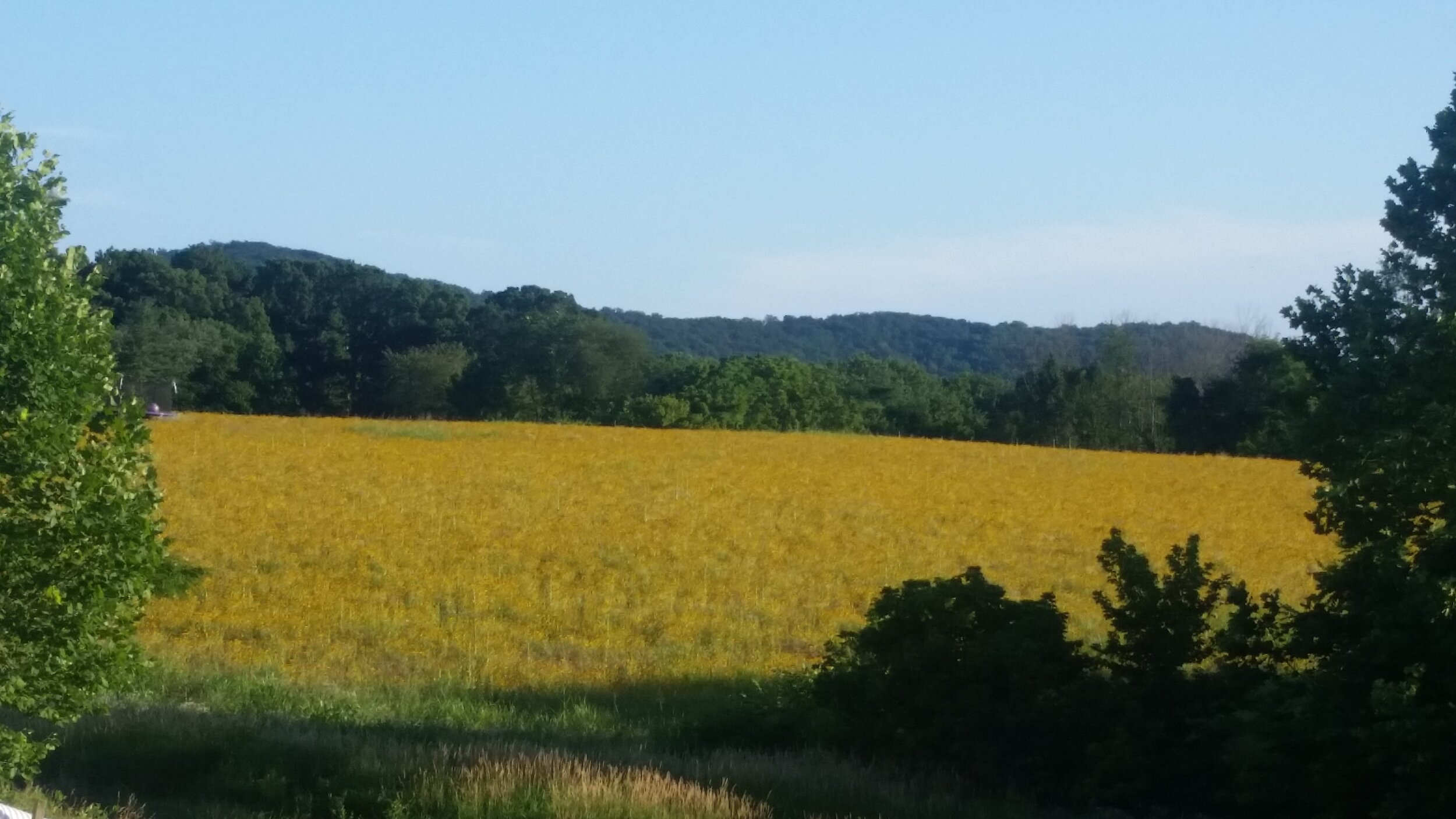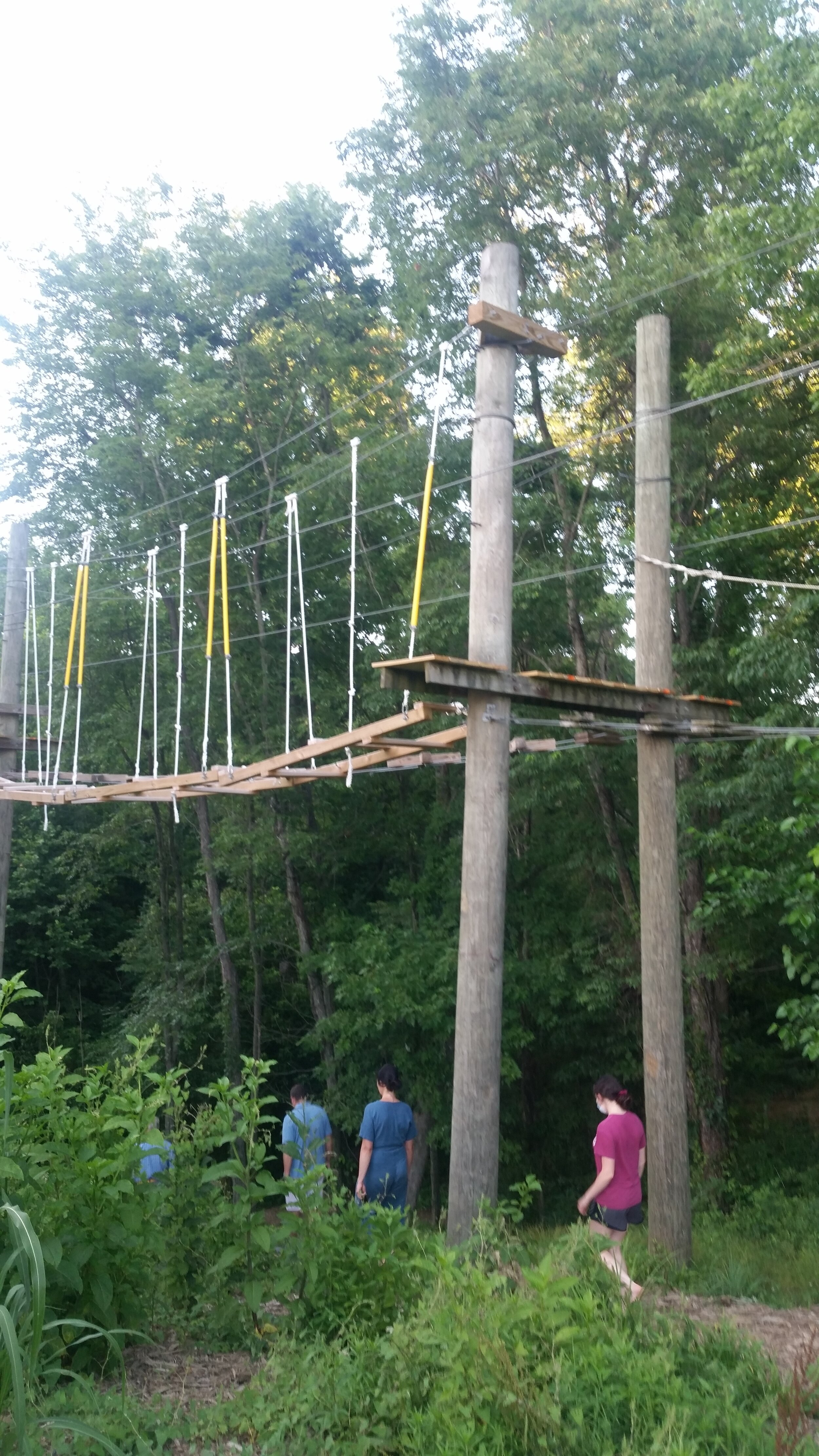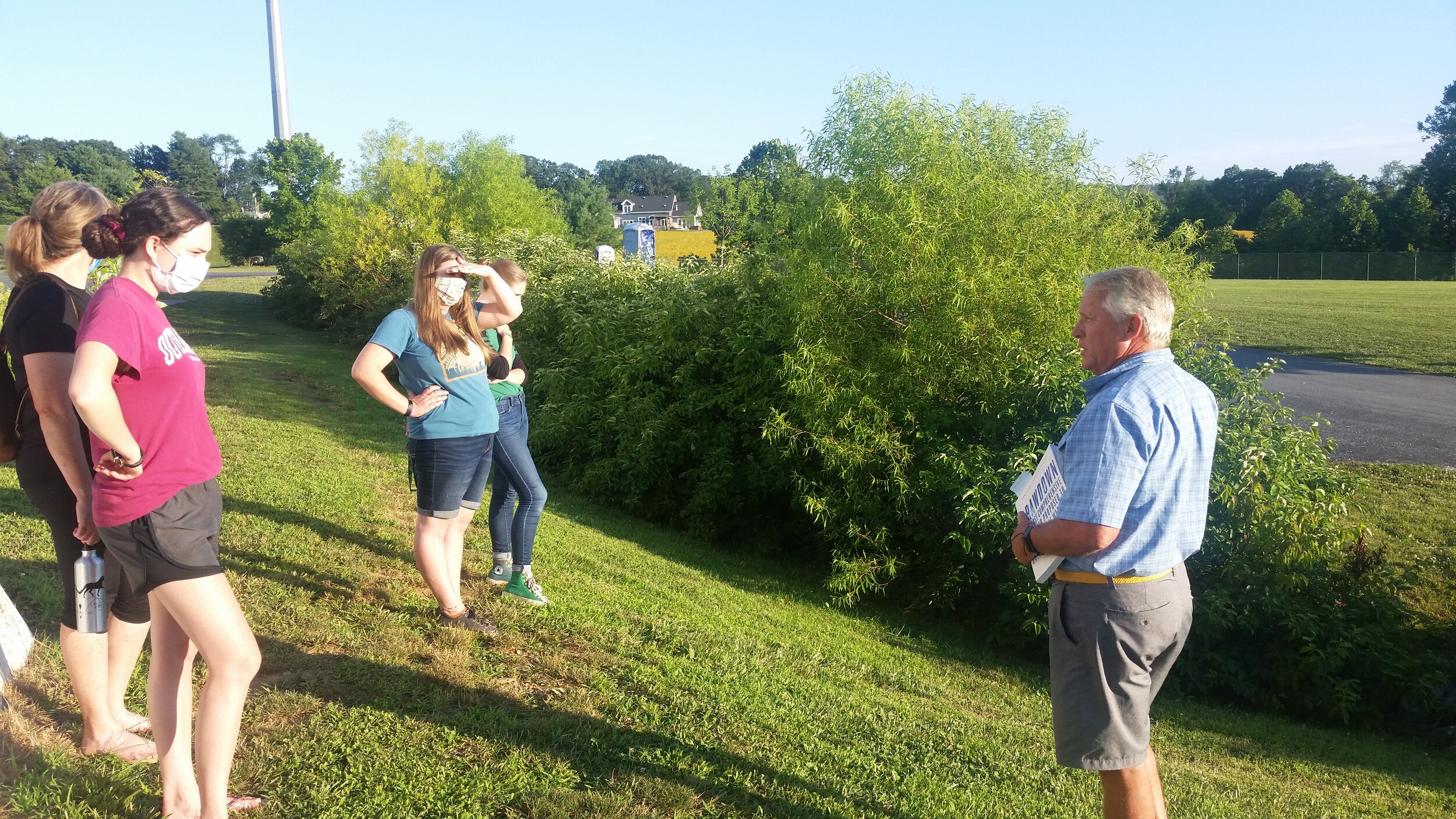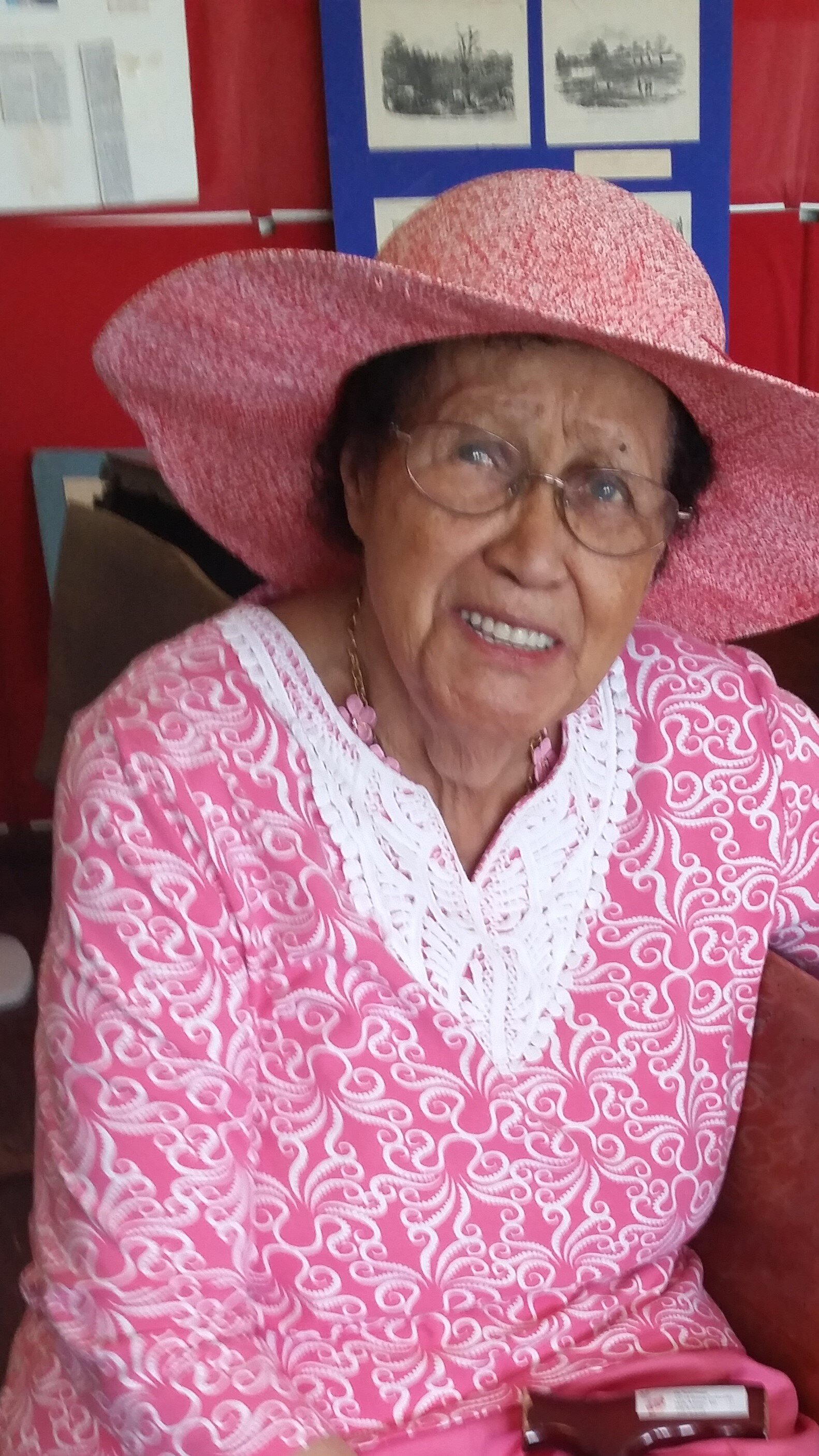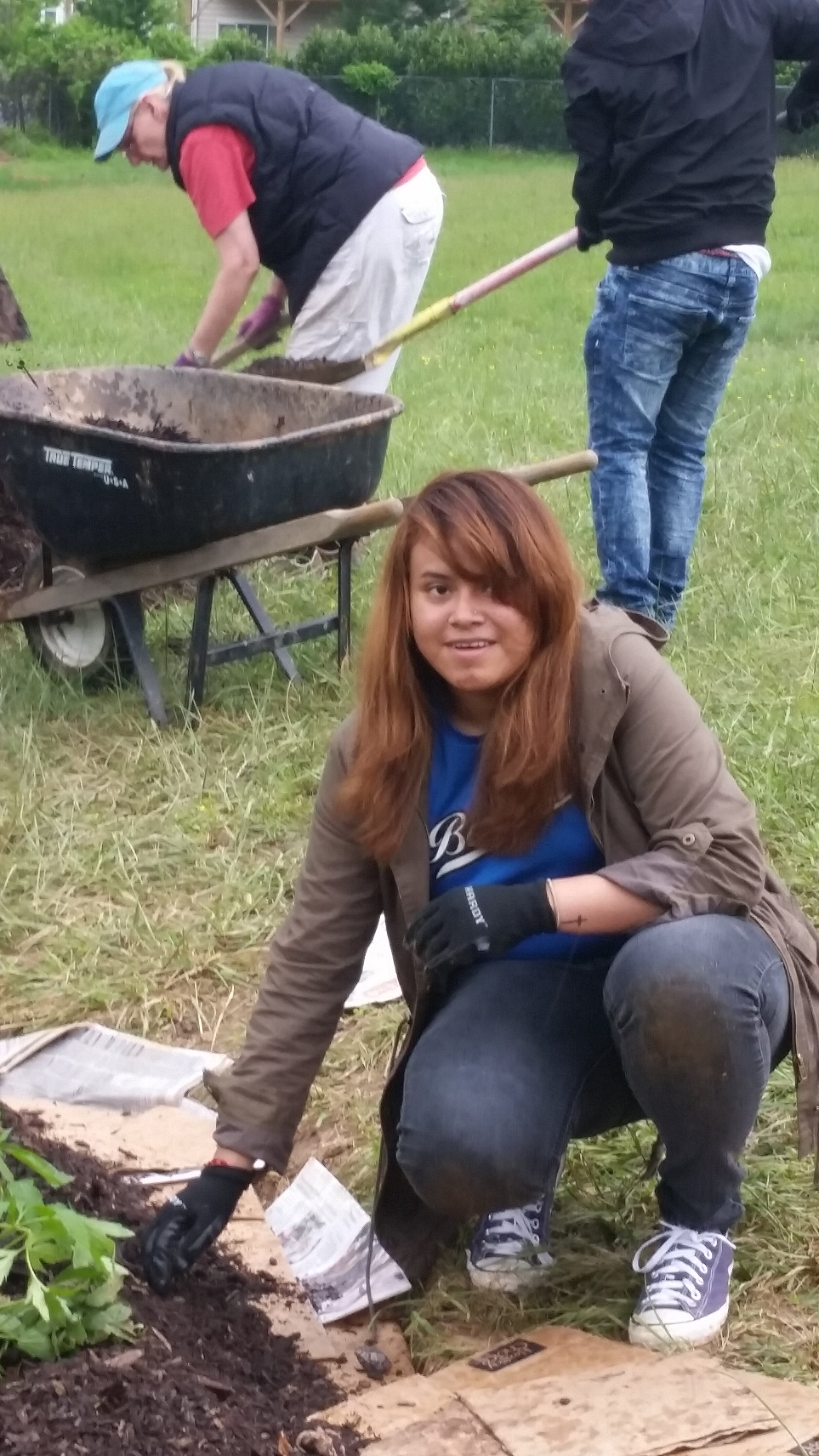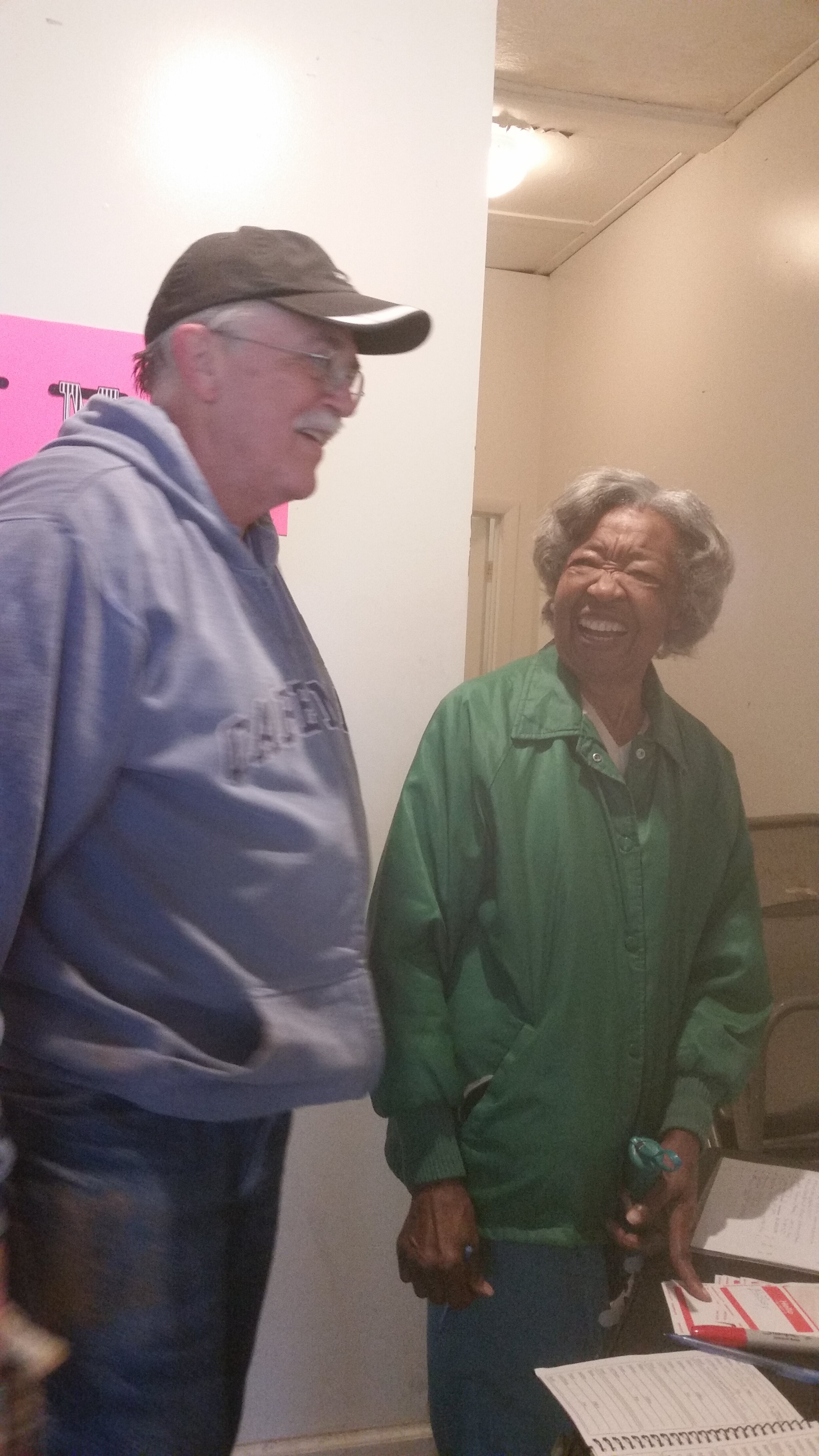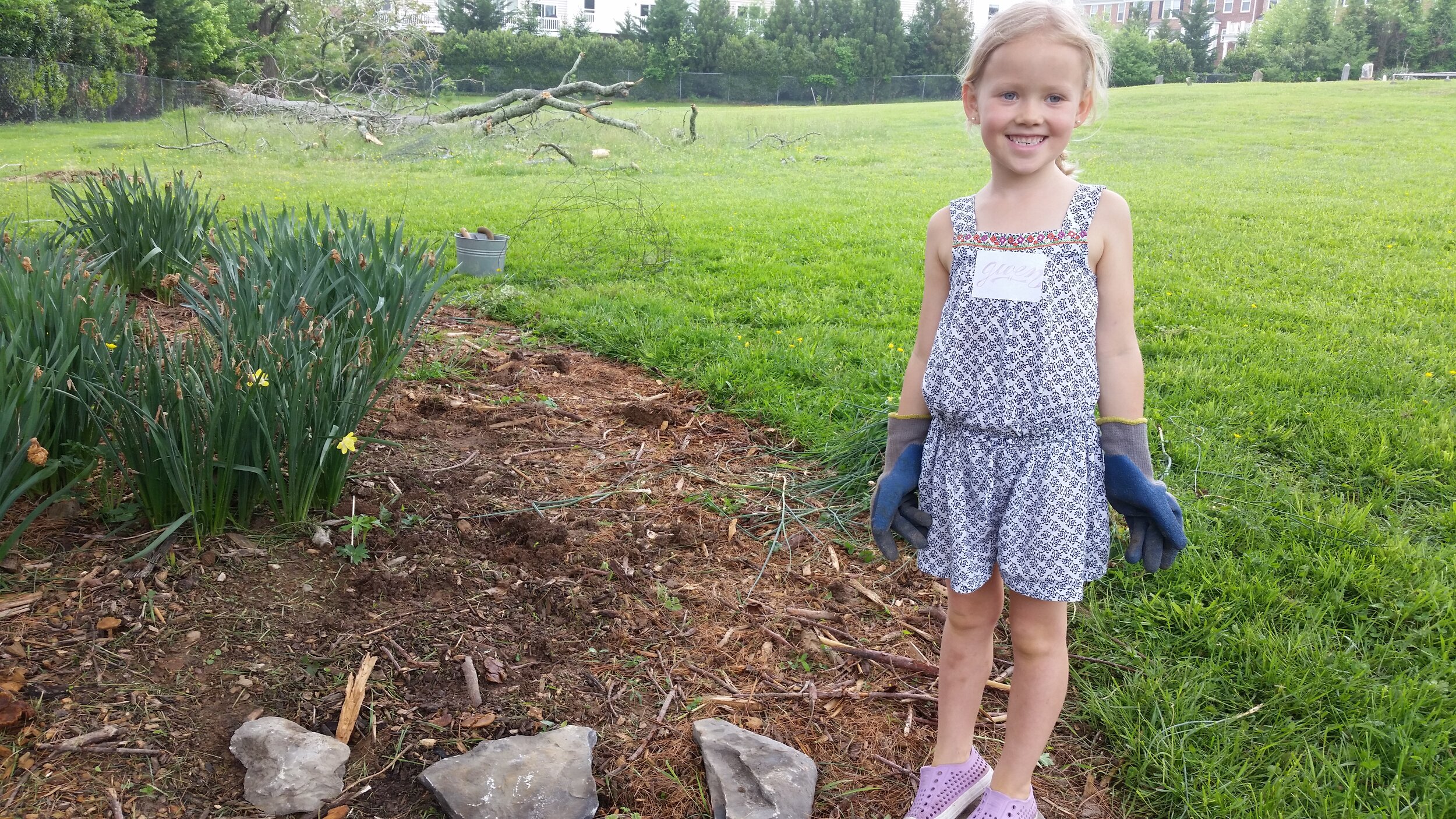Vegetarian Crockpot Chili, https://www.budgetbytes.com/slow-cooker-vegetarian-lentil-chili/
Sweet & Sour Chickpeas, https://ginabnutrition.com/2018/09/30/sweet-sour-chickpeas-vegan-gluten-free/
Chickpea Salad Sandwiches, https://peasandcrayons.com/2017/05/garden-veggie-chickpea-salad-sandwich.html
Ratatouille Spaghetti, http://wallflowerkitchen.com/one-pot-ratatouille-spaghetti-vegan-gf/
Vegan Nacho Cheese, https://www.hotforfoodblog.com/recipes/2015/1/22/nacho-cheese/ Thai Buddha Bowl, https://thestingyvegan.com/thai-buddha-bowl/Vegan Pancakes, https://cookieandkate.com/simple-vegan-pancake-recipe/
Vegan Chocolate Chip Cookies, https://bakerbynature.com/the-most-wonderful-vegan-chocolate-chip-cookies-ever/
Lentil Tacos, https://www.hauteandhealthyliving.com/vegan-lentil-tacos/
Ellen’s also written out recipes for one day: breakfast, lunch and dinner:
Simple Vegan Pancakes
Ingredients:
1 cup whole wheat or all-purpose flour
1 Tbsp baking powder
1/4 tsp salt
1 cup dairy-free milk
1/2 banana, mashed OR 2 Tbsp oil
1-2 Tbsp maple syrup
1 tsp vanilla extract
Instructions:
1. Whisk all ingredients together in a bowl until only a few lumps remain (make sure not to overmix).
2. If using an electric skillet, preheat to 350ºF. For stovetop, heat a skillet or griddle over medium-low heat.
3. Lightly oil your skillet and using a 1/4 cup measure, scoop batter onto the warm skillet. Cook until bubbles appear on the surface of the pancake, flip and cook on the other side until golden brown. Repeat for remaining batter and enjoy with whatever toppings you'd like! Makes 6-8 pancakes.
Chickpea Salad Sandwiches
Ingredients:
15oz. can chickpeas, drained and rinsed
3 stalks green onion, chopped
2 stalks celery, finely chopped
1/4 cup carrots, grated or shredded
1/4 cup red bell pepper, finely chopped
1/4 cup dill pickle, finely chopped OR relish
1/4 cup mayonnaise (vegan or regular)
1-2 tsp dijon mustard (sub for regular if you don't like dijon)
1 tsp yellow mustard
1/8 tsp dried dill
1/8 tsp salt
1/8 tsp pepper
3 Tbsp roasted sunflower seeds (optional)
2 Tbsp fresh basil, chopped (optional)
Instructions:
1. Drain and rinse chickpeas and add them to a large bowl. Mash with a potato masher or fork until texture appears flaked, like a tuna salad.
2. Chop vegetables and add to the bowl (to make it go faster, I roughly chop the celery, carrots, and bell pepper and pulse in a food processor until finely chopped).
3. Add mayo, mustard, and spices and mix thoroughly. Can be served on bread, in a wrap, with crackers, or straight from the bowl! Makes 4 servings.
*This recipe is so good and goes fast so we usually double or triple it to make sure we have leftovers.
Vegetarian Crockpot Chili
Ingredients:
1 yellow onion, diced
2 cloves garlic, minced
1 15oz. can diced tomatoes (with juices)
1 6oz. can tomato paste
1 15oz. can black beans, drained
1 15oz. can kidney beans, drained
1 cup uncooked brown lentils
1 Tbsp chili powder
1 tsp paprika
1 tsp ground cumin
1/2 tsp onion powder
1/4 tsp garlic powder
1/4 tsp cayenne pepper
1/2 tsp salt
Black pepper, to taste
2 Tbsp coconut oil
4 cups vegetable broth
Instructions:
1. Add all ingredients to a slow cooker and stir to combine.
2. Cook on HIGH for 4 hours or LOW for 8 hours. Lentils should be tender when done.
3. Add any toppings you'd like and enjoy! We like adding tortilla chips, hummus, and avocado.
















